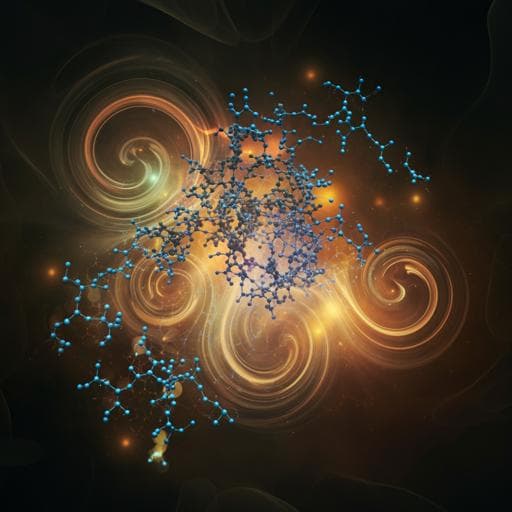
Chemistry
Testing the predictive power of reverse screening to infer drug targets, with the help of machine learning
A. Daina and V. Zoete
This research, conducted by Antoine Daina and Vincent Zoete, explores the groundbreaking potential of ligand-based reverse screening to predict macromolecular targets for small molecule drugs. With a machine-learning model achieving over 51% accuracy on external datasets, this study underscores the approach's promise in drug discovery.
~3 min • Beginner • English
Related Publications
Explore these studies to deepen your understanding of the subject.







